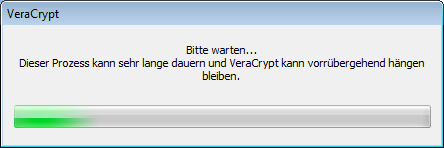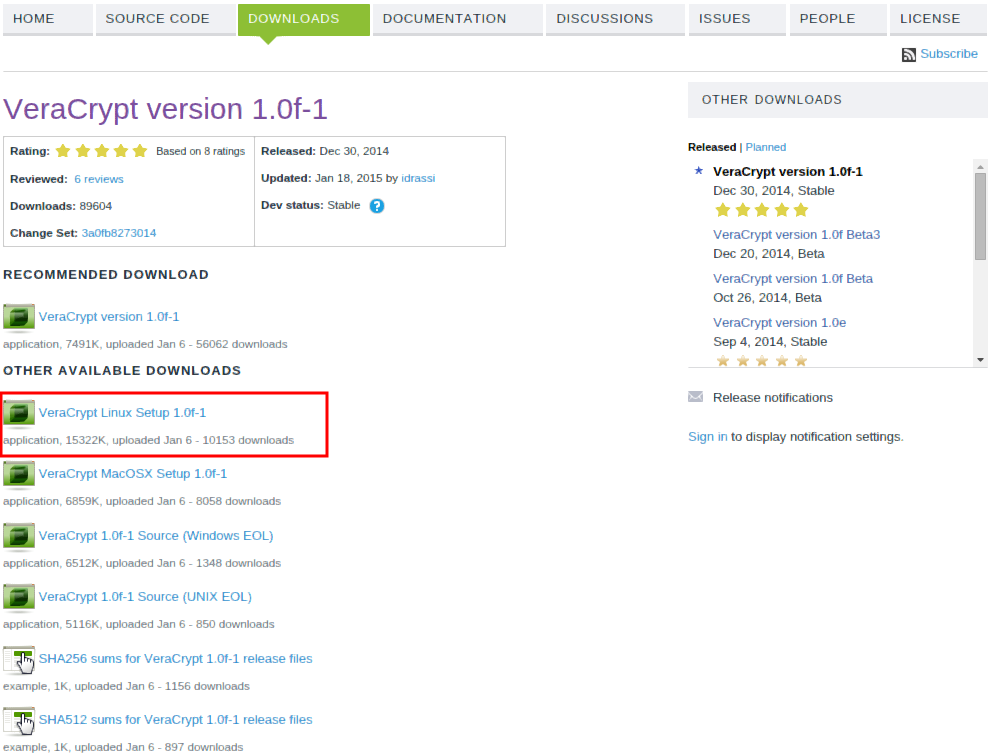

Your mounted volume is available in the list of available volumes in the VeraCrypt window, and you can access that volume through your file manager as if it were an external drive. Select your encrypted file, choose one of the numbered slots in the upper half of the VeraCrypt window, and then click the Mount button located in the lower-left corner of the VeraCrypt window. To mount an encrypted vault, click the Select File button on the right. Once you've created a VeraCrypt volume, you can mount it from within the VeraCrypt window.
#Veracrypt vs truecrypt series#
The open source EXT series works for Linux. If you intend your VeraCrypt vault to cross platforms, FAT is your best bet.Īside from that, NTFS works for Windows and Linux. The Microsoft FAT format is archaic, non-journaled, and limits both volume and file sizes, but it's the one format all platforms can read from and write to. Choose a filesystemĭuring the volume-creation process, you're asked to select a filesystem to decide how the files you place inside your vault are stored. Unlike most other files, it can contain more files, which is why I think of it as a "vault," and VeraCrypt developers refer to it as a "container." Its developers call a VeraCrypt file a "container" because it can contain other data objects it has nothing to do with the container technology made popular by LXC, Kubernetes, and other modern IT mechanisms. Like other files, it can be moved, copied, and deleted. A VeraCrypt container is a lot like any other file: it exists on a hard drive, external drive, in cloud storage, or anywhere else you can think to store data. The wizard steps you through creating a vault for your data, so follow along as prompted.įor this article, I created a file container.

In VeraCrypt's Volume Creator Wizard window that appears, choose whether you want to create an encrypted file container or to encrypt an entire drive. Better yet, VeraCrypt can load old TrueCrypt volumes, so if you were a TrueCrypt user, it's easy to transfer them over to VeraCrypt. With VeraCrypt 1.12 and later versions, you can use custom iterations for increased encryption security. VeraCrypt is based on TrueCrypt 7.1a and features many improvements over the original (including significant algorithm changes for standard encrypted volumes and boot volumes). TrueCrypt eventually closed down, but a replacement project called VeraCrypt quickly sprang up to fill the void. It was a useful technique that essentially provided a virtual, portable, fully encrypted drive (except it was a file) where you could safely store your data. Provided you had the correct passphrase, TrueCrypt could decrypt the vault and provide read and write access on any computer running TrueCrypt. TrueCrypt allowed you to create an encrypted file "vault," where you could store sensitive information of any kind (text, audio, video, images, PDFs, and so on). Still, it was cross-platform, easy to use, and really, really useful.

Its author was (and remains to this day) anonymous.
#Veracrypt vs truecrypt code#
Its source code was available, although there were no major claims that anyone had ever audited or contributed to it.
#Veracrypt vs truecrypt software#
Many years ago, there was encryption software called TrueCrypt.


 0 kommentar(er)
0 kommentar(er)
